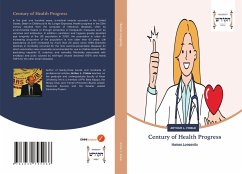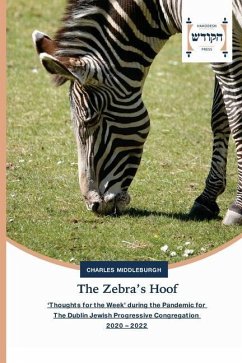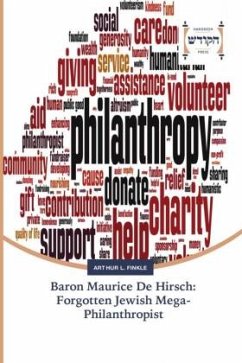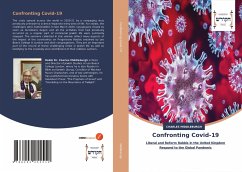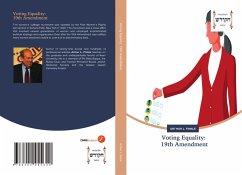
The Forgotten 1918 Pandemic
Lessons for the Future
Versandkostenfrei!
Versandfertig in 6-10 Tagen
17,99 €
inkl. MwSt.

PAYBACK Punkte
9 °P sammeln!
The Spanish flu pandemic of 1918 infected 33% of the world's population. There were no effective treatments and no widespread efforts to prevent the spread. There are some comparisons to the COVID-19 pandemic. The Spanish flu was the name given to a form of influenza flu caused by an H1N1 virus that started in some type of bird avian origin. The Spanish flu was a pandemic - a new influenza A virus that spread easily and infected people throughout the world. Because the virus was new, very few people, if any, had some immunity to the disease. From 1918 to 1919, the Spanish flu infected an estim...
The Spanish flu pandemic of 1918 infected 33% of the world's population. There were no effective treatments and no widespread efforts to prevent the spread. There are some comparisons to the COVID-19 pandemic. The Spanish flu was the name given to a form of influenza flu caused by an H1N1 virus that started in some type of bird avian origin. The Spanish flu was a pandemic - a new influenza A virus that spread easily and infected people throughout the world. Because the virus was new, very few people, if any, had some immunity to the disease. From 1918 to 1919, the Spanish flu infected an estimated five hundred million people globally - 33% of the world's population at the time. In addition, the Spanish flu killed about fifty million people. About 675,000 of the deaths were in the U.S.





